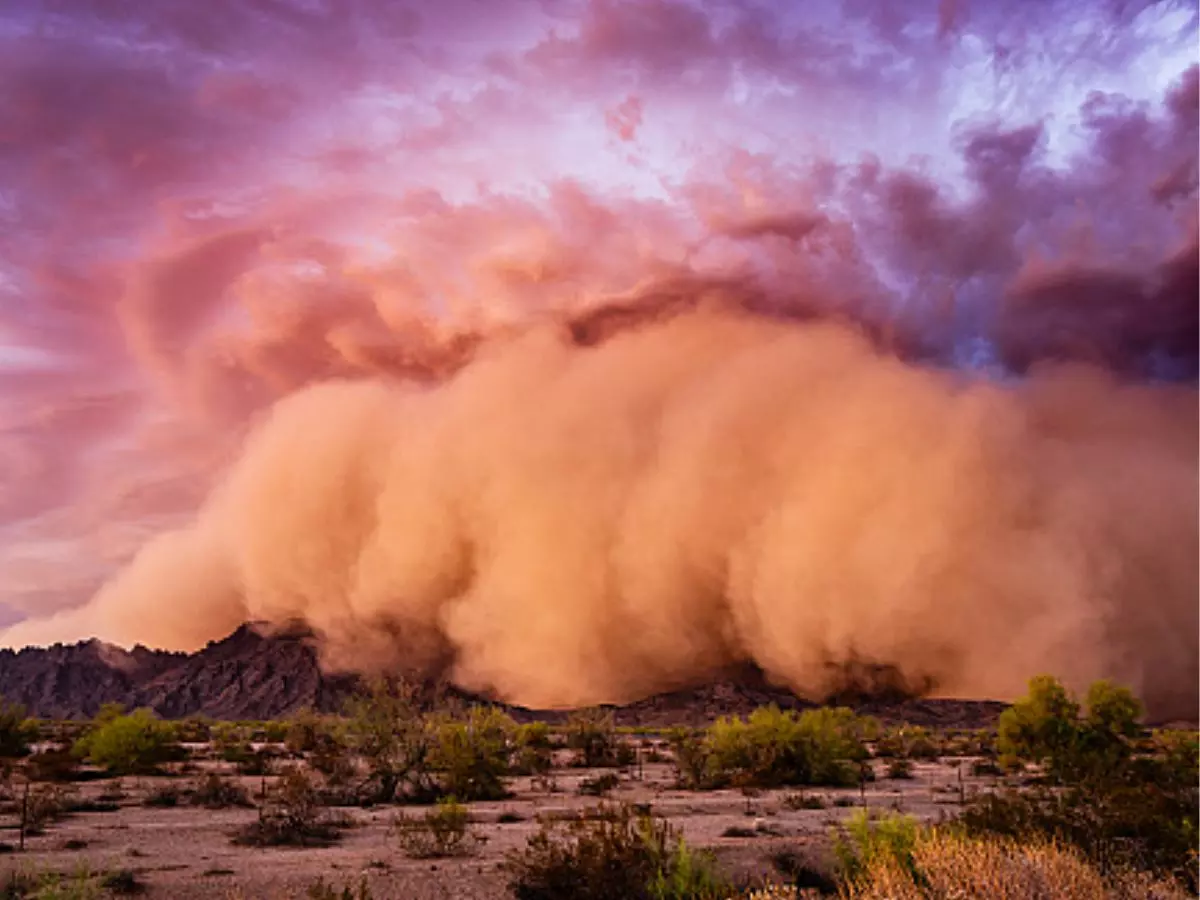Dust In The Atmosphere Could Be Hiding The True Extent Of Global Warming
This is as per research conducted by UCLA scientists. They claim that atmospheric dust has increased by around 55 percent since the mid-1800s and this rise could have hidden up to 8 percent of warming from carbon emissions.

Dust that flies from desert storms and dry landscapes has contributed to the cooling of the planet for the past several decades. And this could have hidden the true extent of global warming, reveals a report by The Guardian.
 Unsplash
Unsplash
This is as per research conducted by UCLA scientists. They claim that atmospheric dust has increased by around 55 percent since the mid-1800s and this rise could have hidden up to 8 percent of warming from carbon emissions.
The research aimed at looking at varied, complex ways in which dust has affected global climate patterns. It concluded that the dust has tried to counteract the warming effects of greenhouse gases.
To the unaware, dust along with synthetic particulate pollution can cool the planet in several ways. These mineral particles are capable of reflecting sunlight from Earth and even help in the dissipation of cirrus clouds responsible for the warming of the planet.
Dust that lands on the ocean boost the growth of phytoplankton, which also absorb CO2 and release oxygen. Dust can also contribute to warming effects, in cases of the darkening of snow ice and making them absorb more heat along the way. But overall, as per the researchers, it seemed clear that dust mostly had a cooling effect.
Jasper Kok, an atmospheric physicist at UCLA who led the research, explained, ¡°We¡¯ve been predicting for a long time that we¡¯re headed toward a bad place when it comes to greenhouse warming. What this research shows is that so far, we¡¯ve had the emergency brake on.¡±
Even though there are climate models that have been able to predict the role of global heating with some accuracy, Gisela Winckler, a climate scientist at the Lamont-Doherty Earth Observatory at Columbia University, states that the predictions haven¡¯t been able to specifically predict the role of dust.
 Unsplash
Unsplash
Records from ice cores, marine sediment records and other sources indicate that dust has been increasing since pre-industrialisation times, mostly due to agricultural, development and other human impacts, but the amount of dust has also been decreasing since the 1980s.
Winckler calls for more data and research in this area to better understand the dust patterns and better predictions on how they¡¯ll change over time.
Kok added, ¡°We could start to experience faster and faster warming because of this. And maybe we¡¯re waking up to that reality too late.¡±
Keep visiting Indiatimes.com for the latest science and technology news
